The Swiss parliament for beginners
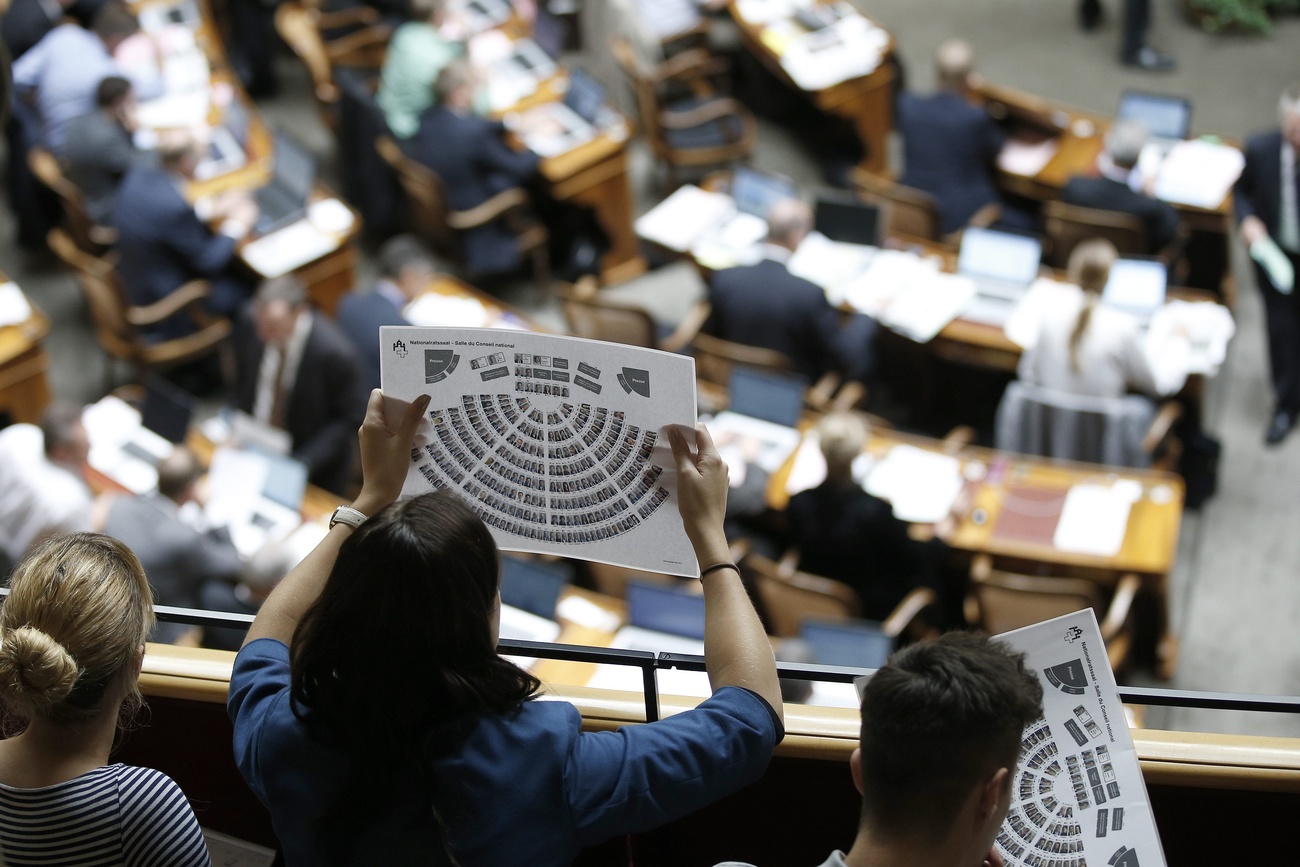
On October 22, Swiss citizens will elect a new parliament. Here is an explainer how this 175-year-old institution works.
Extraordinary stability
Are you used to spectacular political swings in your country? Is it normal for a party to win 5% of the votes in one election and 30% the next, or vice versa? If you believe such rapid turnarounds to be the spice of democracy, then you can safely ignore the Swiss elections.
When election polls are published in Switzerland, people can talk for days about how one party has declined markedly while another has shot up. But, in fact, the changes are generally minimal. The most recent such survey, in March, suggested that the Greens had slipped by 2.5% compared to the previous elections in 2019, while the Swiss People’s Party had advanced 1% – and all this with a margin of error of 1.2%.
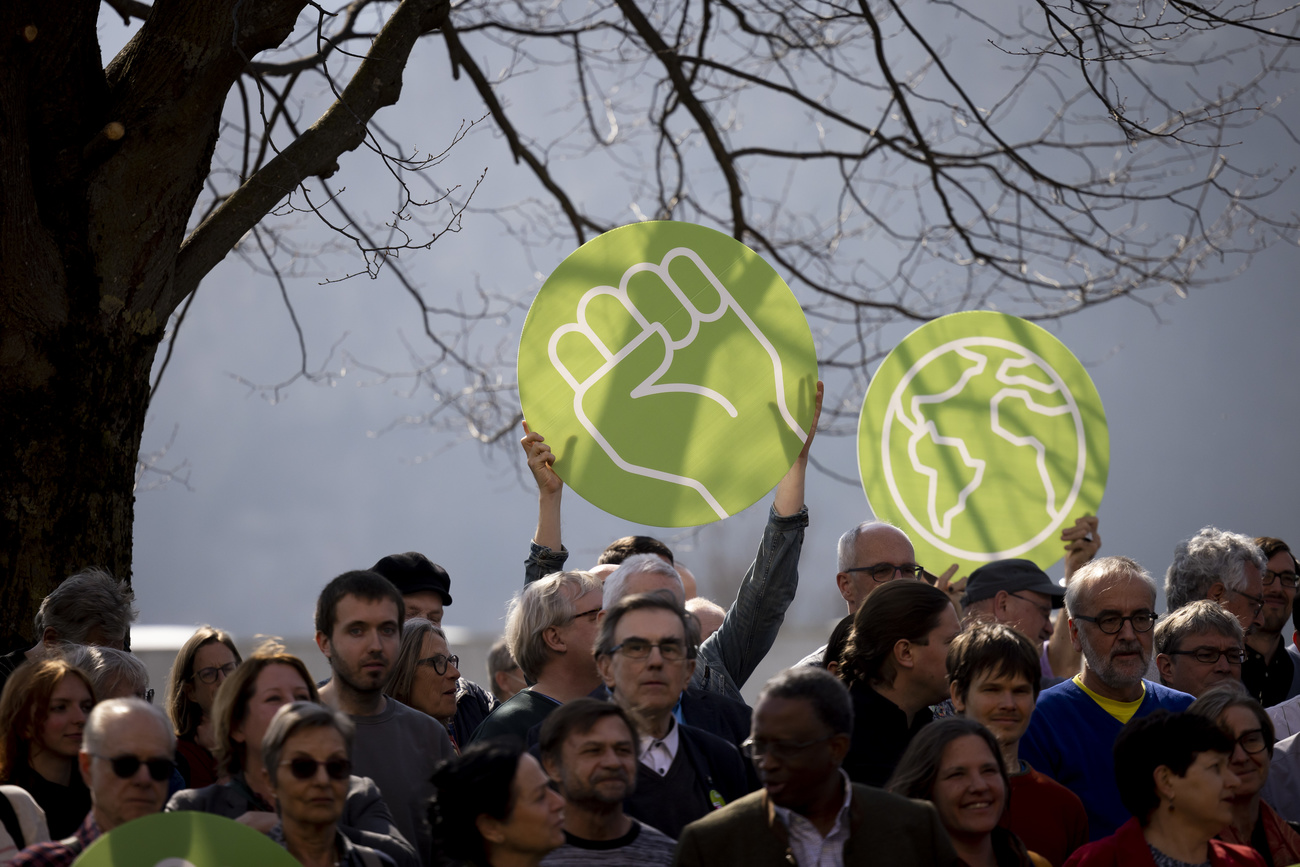
More
Poll: the ‘Green wave’ subsides in Switzerland
Indeed, if there is one thing that sets the Swiss parliament apart, it is its extraordinary stability. This does not mean its make-up has remained the same over the past 175 years. Not at all. In the past 20 years the People’s Party has made strong gains, almost tripling its electoral strength between 1991 and 2015. Two new forces have also appeared, the Green Party and the Liberal Green Party, which, compared with other more ephemeral formations in Swiss political history, seem to be here to stay.
But in contrast with other Western democracies, the shift of balances in Switzerland is more tectonic than volcanic, as shown by this graph summing up the strength of the different parties in the House of Representatives, which has been elected by proportional representation since 1919.
Two chambers and 246 seats
The Federal Assembly – as the Swiss parliament is officially called – comprises two chambers: the Senate, which represents the country’s 26 cantons and has 46 members, and the House of Representatives, whose 200 members represent the people.
The two chambers meet separately for three-week sessions four times a year. They debate all constitutional amendments before putting them to the popular vote. They also adopt, amend or repeal federal legislation.
This bicameral system was established in 1848, after the birth of the federal state, and basically follows the US model. The two bodies have equal powers, and all decisions must be approved by both chambers.
The number of representatives in the Senate has not changed: two senators per canton, with the exception of six smaller cantonsExternal link which send one each. In other words, 44 members until 1978 and 46 since 1979, when canton Jura joined the Swiss Confederation as a full member.
The House of Representatives, meanwhile, has undergone several changes. In 1848 it had 111 members, each representing around 20,000 inhabitants, including foreigners. All the parliamentarians were male, as women weren’t elected to parliament until 1971, after the introduction of voting rights for women. Population growth has led to a steady increase in the number of representatives. Since 1962 it has been fixed at 200. Today, each member of the House of Representatives represents about 40,000 inhabitants.
These members are apportioned to the cantons in proportion to their population. Thus, Zurich is entitled to 35 seats, while Appenzell Inner Rhodes and other small cantons have just one each. Cantons quite frequently gain or lose a seat as their population oscillates.
Majoritarian or proportional?
Elections to the Senate are held almost everywhere using the majoritarian system (winner takes all). Only cantons Neuchâtel and Jura – which often do things differently – apply the proportional system.
The House of Representatives, meanwhile, has been elected under the proportional system since 1919. The electoral constituencies are the cantons.
This coexistence of a majoritarian and a proportional system has a marked impact on the weight of the parties in parliament. In the House of Representatives, the percentage of votes obtained by each party determines their representation. Incidentally, this percentage is also generally used to analyse the outcome of an election and the progression or decline of a given political force.
By contrast, the majority system used for elections to the Senate does not necessarily favour the numerically strongest party at the national level. Other considerations prevail, for instance how deeply a party is rooted in the canton, its ability to create alliances and present a single candidate, and the candidate’s own ability to build consensus. It is no coincidence that the Senate is still dominated by two historic parties, which between them, however, won just over 26% of the votes in the previous election. The Centre Party and the Radical-Liberal Party have, in fact, no fewer than 25 representatives (13 for the former, 12 for the latter) out of 46. Meanwhile, Switzerland’s biggest party, the People’s Party, with a vote share of 25.6%, won just six seats.
A parliament both strong and weak
Unlike in other countries, such as the US, where the president can veto certain acts, the Swiss parliament is immune from the other two powers. Its decisions cannot be challenged by the government. Nor can their constitutionality be questioned by the Federal Court, Switzerland’s highest judicial body.
On the other hand, motions of censure do not exist in Switzerland and the Federal Assembly cannot dismiss the government in this way. Nor can it remove a member of the country’s seven-member executive body, the Federal Council, during their term of office, except in exceptional cases such as serious illness.
The only possibility parliament has to express its discontent with a member of the executive is during the election of the government, which takes place every four years, in the December following federal elections. However, the system of consensus democracy that characterises the Swiss political system makes this extremely rare. Since 1848, only four members of the government have not been re-elected by parliament. The last was the leader of the People’s Party, Christoph Blocher, in 2007.
Nor is there any antagonism between the majority and the opposition in Switzerland. On most issues, the government and parliament must try to find a compromise supported by a majority, which may vary according to the matter at hand, as there is no coalition agreement between the political forces. Moreover, legislative members from the governing parties are not obliged to support the decisions of the government.
All this means that Switzerland does not experience government crises and early elections. The current parliamentary term is the 51st since 1848.
Although its decisions are law, a heavy sword of Damocles hangs over parliament in the form of the optional referendum. By collecting 50,000 signatures within 100 days of the official publication of an act, anyone can oppose the decision of the legislature and request that a law or federal decree be submitted to the judgement of voters at the polls.
Historical parties
From the founding of the federal State in 1848 until the introduction of proportional representation in 1917, the Federal Assembly was dominated by the Radical Democratic Party (which became the Radical-Liberal Party in 2009), opposed only by the conservative Catholics (the future Christian Democratic Party).
The introduction of a proportional system for the election of the House of Representatives in 1919 was a complete game changer, enabling parties that had hitherto had to settle for crumbs to really weigh in on national politics. Thus, in that year, the Social Democratic Party grew from 22 to 41 representatives. In the same election, the Party of Farmers, Traders and Independents made a strong entry. It became the Swiss People’s Party in 1971, and is today the largest party in the Swiss parliament.
Despite various ups and downs, these four parties called the tune throughout the 20th century in Switzerland. Since the turn of the millennium, however, with society’s growing environmental awareness, first the Green Party and then the Liberal Green Party have reshuffled the cards – so much so that, in the last federal elections, between them they won a fifth of the seats in the Federal Assembly.
A militia parliament
If you have no ties with Switzerland, the term “militia” will most likely conjure up warlike images. Although it does derive from the military sphere, “the term militia describes an organisational principle common in Swiss public life, which is founded upon the republican idea that every qualified citizen should take on public offices or duties in a part-time or voluntary capacity”, says the Historical Dictionary of SwitzerlandExternal link.
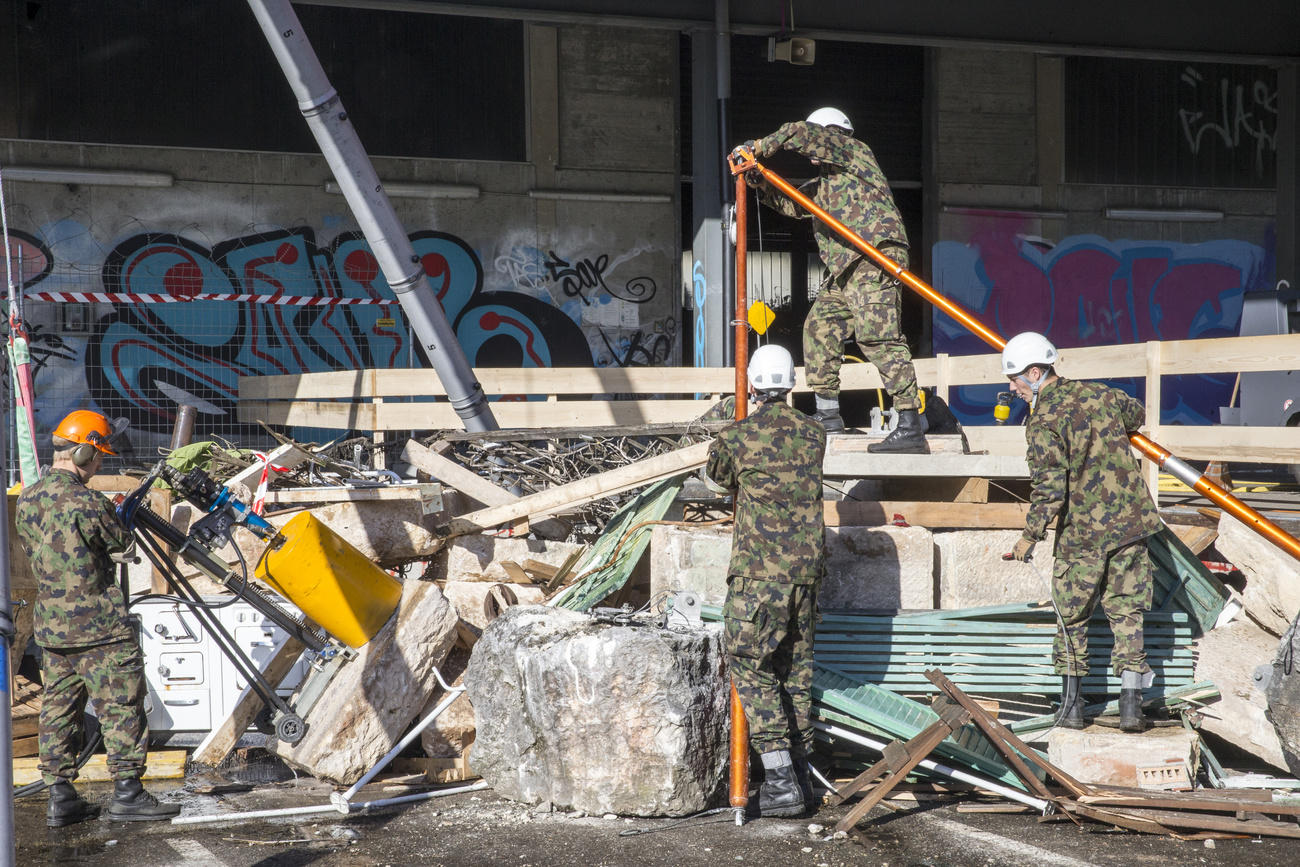
More
Switzerland’s militia system – a tradition under threat
In the Swiss political and institutional context, the militia system is understood as the opposite of professionalism. The Swiss parliament is thus made up of politicians who work in addition to their parliamentary duties – at least this was the idea until a few decades ago.
Today, the work of a federal parliamentarian has become more complex and is the equivalent of a 50% job. Nearly one in three elected officials is now a full-time politician, according to a 2019 studyExternal link by the University of Lausanne.
Until the late 1960s, members of the Federal Assembly were not paid a salary, only attendance fees and travel expenses, unlike their Western counterparts. Today, however, they receive an annual salary of CHF26,000 ($29,000), an allowance of CHF440 per meeting day, an additional CHF33,000 to cover operating and personnel costs, and various other indemnifications for travel, meals and overnight stays.
Between 2011 and 2015, the median gross income was CHF68,400 for members of the House of Representatives and CHF79,500 for members of the Senate (who generally take part in more committee meetings and delegations), according to a studyExternal link by the University of Geneva.
On top of this direct income are added any unspent lump-sum payments, in particular the unused part of allowances to cover personnel costs. In other words, a member of the Federal Assembly can earn around CHF100,000 a year. This is higher than the average national salary, which just tops CHF80,000.
Who can become a federal parliamentarian?
Any Swiss citizen, male or female, over the age of 18, whether resident in the country or not, can be elected to parliament. Most members of parliament belong to a political party, but this is not compulsory. It is possible to be elected without being a party member. Only people who lack legal capacity due to mental illness or weakness are ineligible.
In the current legislative period, the House of Representatives comprises 41.5% women, while the Senate is a resolutely male fiefdom. Only one out of every four senators is a woman.
The average age of members of the House of Representatives is 51, while in the Senate it is 57. This statistic has remained relatively stable since the start of the 20th century, although the average age in the House of Representatives has dropped slightly in the past 30 years.
Meanwhile, 60% of those elected have an academic qualification, although the figure varies greatly from one party to another. Whereas it reaches nearly 90% within the Liberal Green Party, in the People’s Party it drops to 33%, according to a studyExternal link by the University of Lausanne on the socio-professional profile of members of parliament.
The professional profile of Swiss members of parliament is, as is often the case, not an exact mirror of society. In addition to professional politicians there is, not surprisingly, a high proportion of business managers, lawyers, farmers and teachers.
Lawyers, for instance, make up about 0.3% of the working population, whereas they occupy over 10% of the seats in parliament. The same goes for farmers. They comprise about 2% of the working population, but their weight in the legislature is much greater.
Edited by Samuel Jaberg. Translated from Italian by Julia Bassam

More
The strengths of a ‘weak’ Swiss government

In compliance with the JTI standards
More: SWI swissinfo.ch certified by the Journalism Trust Initiative
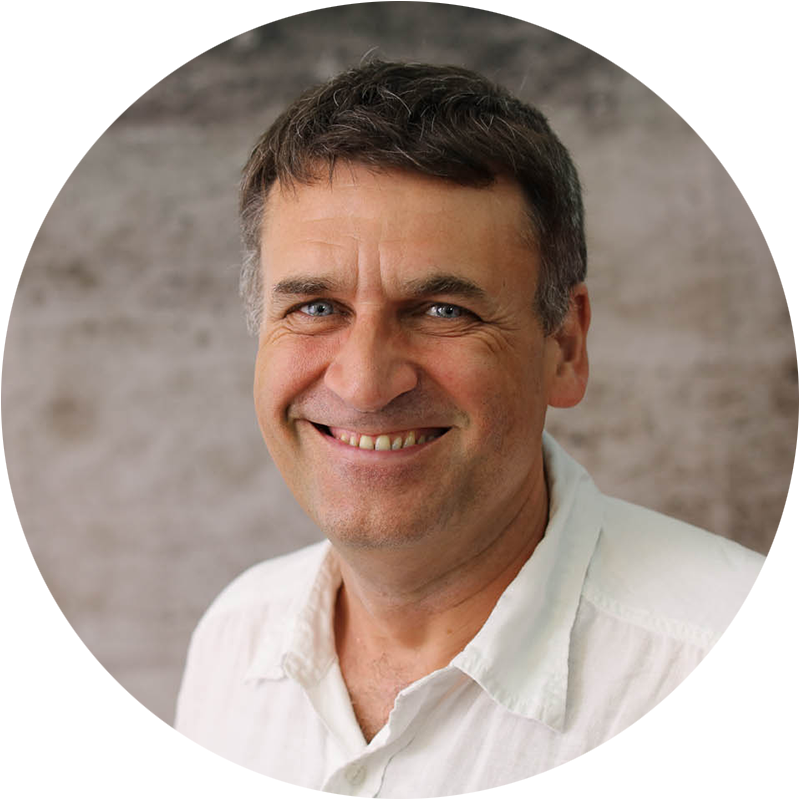
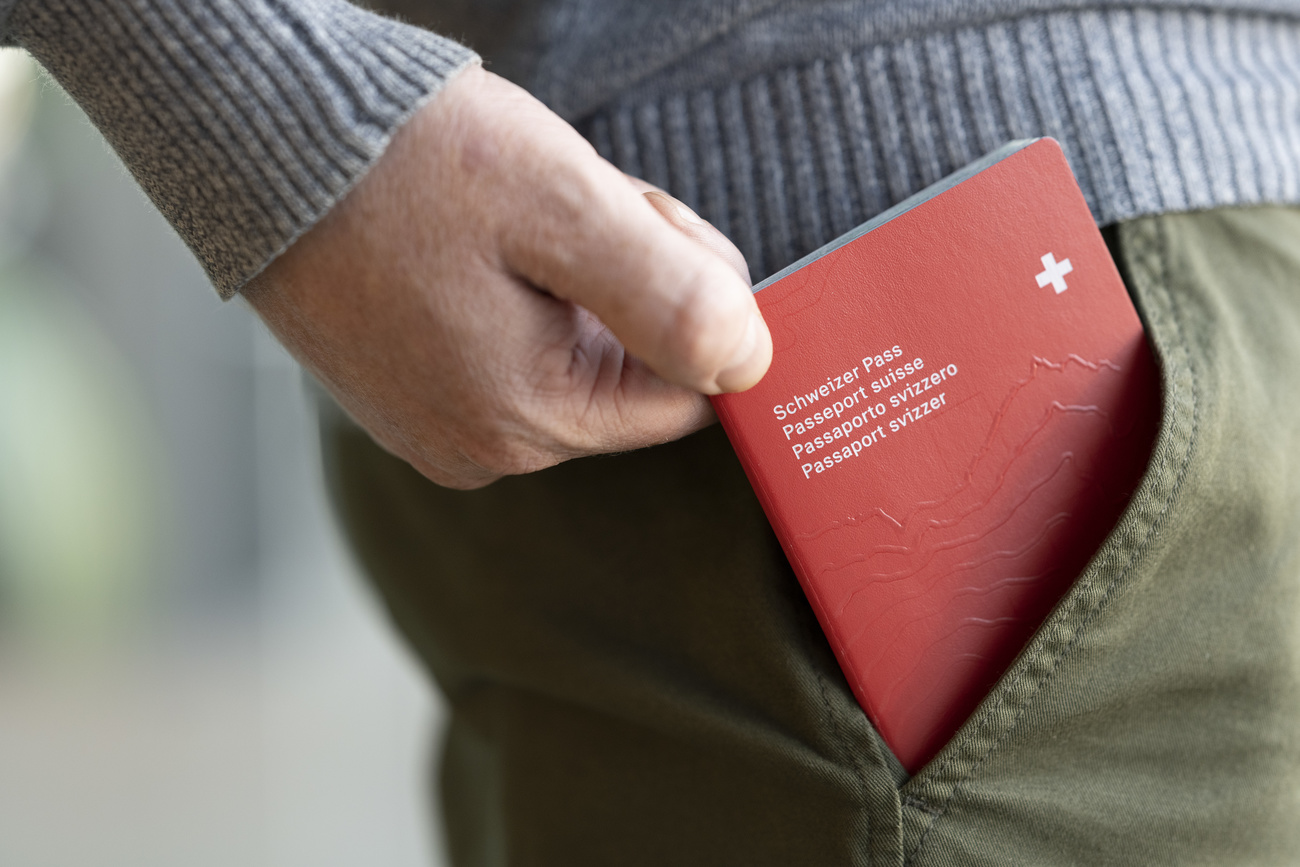
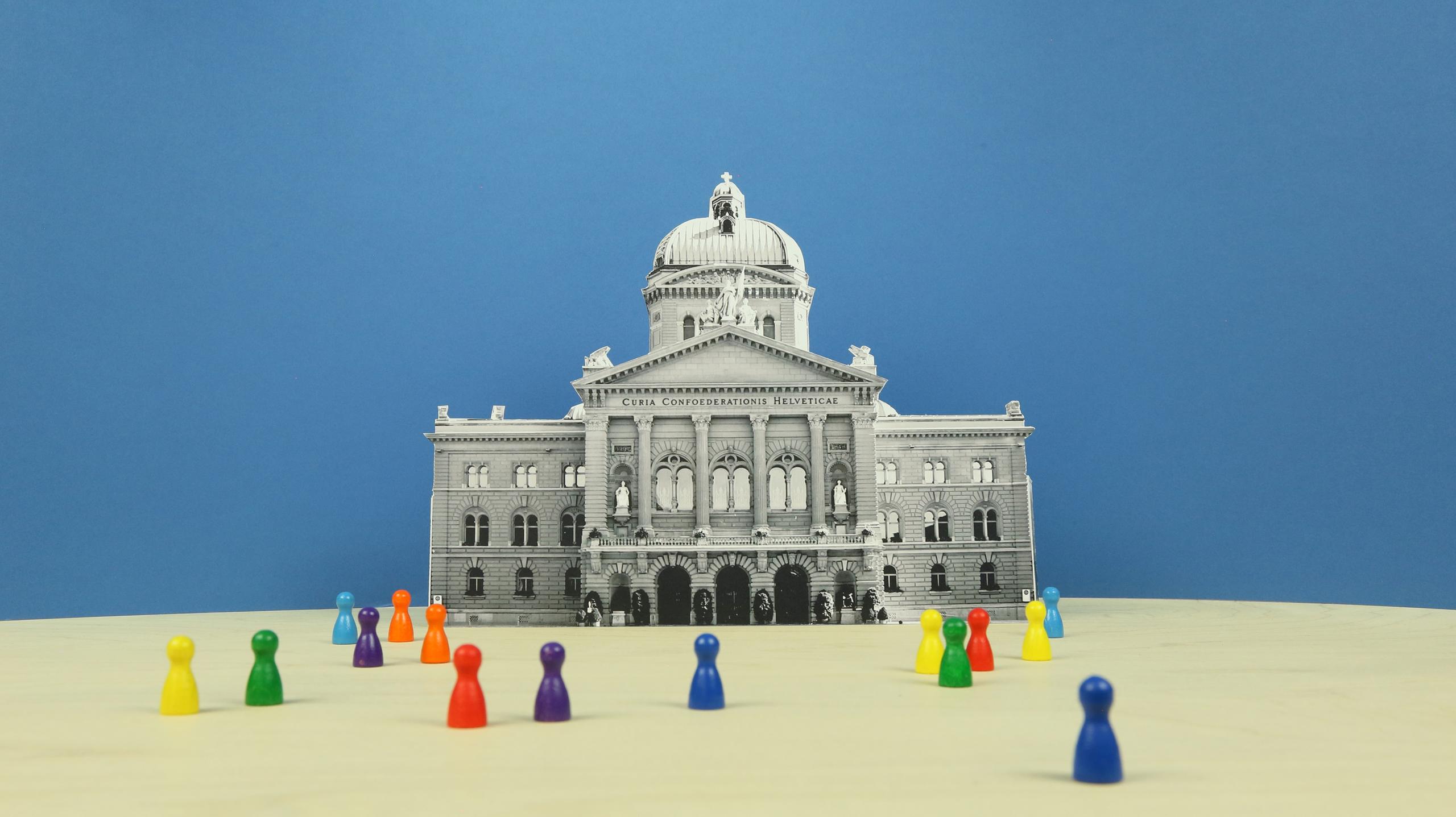

You can find an overview of ongoing debates with our journalists here. Please join us!
If you want to start a conversation about a topic raised in this article or want to report factual errors, email us at english@swissinfo.ch.